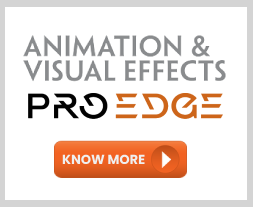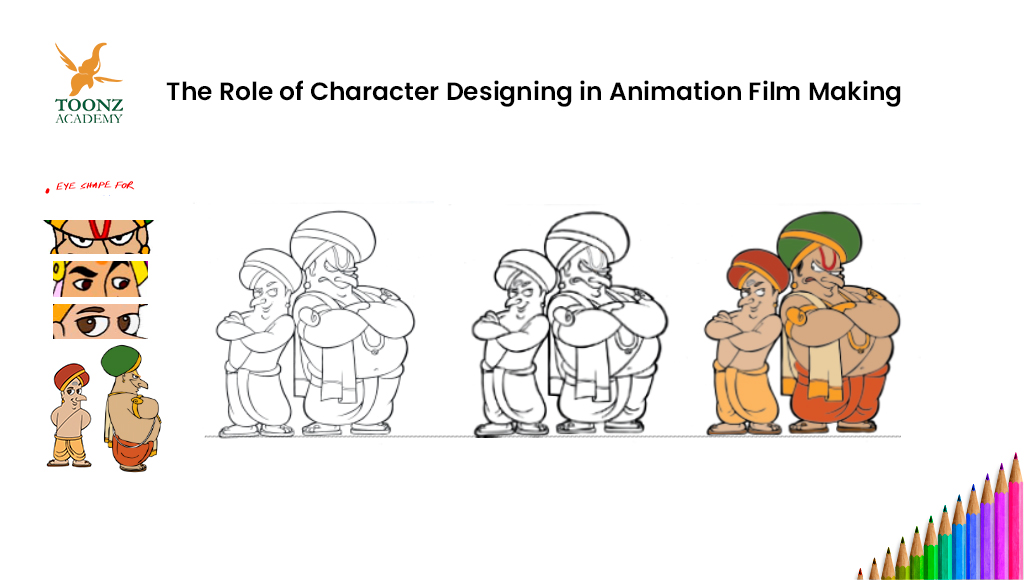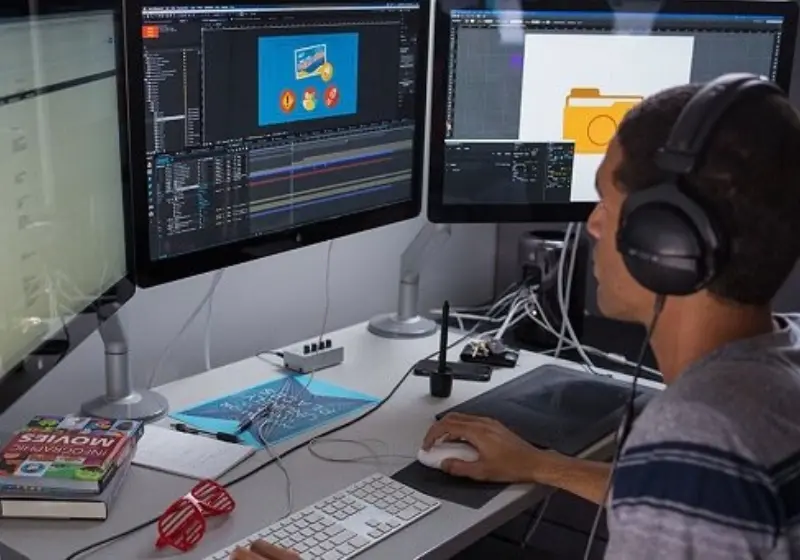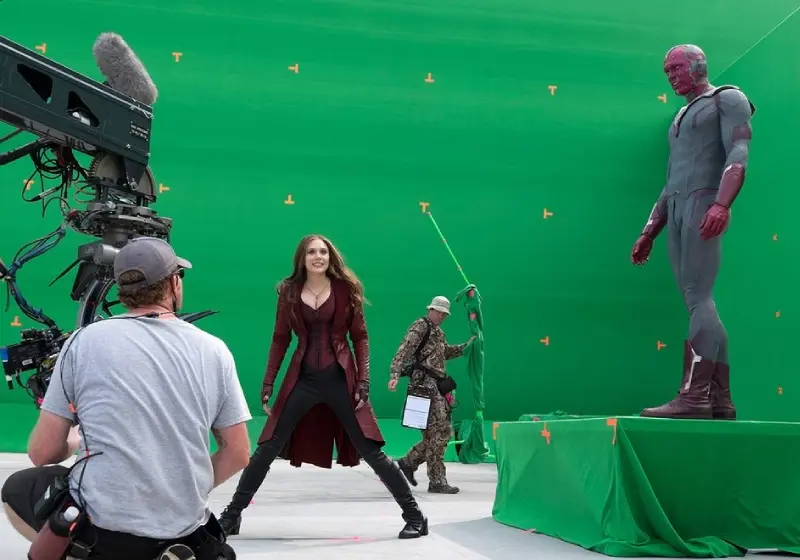What is Character Design?
Character design is the beating heart of animation filmmaking, breathing life into stories and connecting audiences with the on-screen world. Beyond merely creating visually appealing characters, character design plays a pivotal role in conveying emotions, advancing plotlines, and leaving a lasting impression on viewers. This blog explores the significance of character designing in the realm of animation filmmaking and delves into the various aspects that make it a cornerstone of the creative process.
Character design establishes a film’s visual identity, making characters instantly recognizable and memorable. Iconic characters, such as Mickey Mouse or Elsa from Frozen, have become cultural symbols, showcasing the power of well-crafted character design in leaving a lasting impact.
Animated characters must go beyond their physical appearance to convey emotions and personality effectively. A well-designed character communicates its feelings through facial expressions, body language, and unique quirks. This emotional connection is vital for audience engagement and empathy. Character design serves as a visual language, telling stories without words. The physical attributes, clothing choices, and even color palettes contribute to the narrative. Whether it’s a hero, villain, or supporting character, their design should align seamlessly with the overall story arc.
A cohesive visual style among characters is crucial for the overall aesthetic of an animated film. Consistency in design ensures that characters inhabit the same universe, enhancing the audience’s suspension of disbelief and allowing them to immerse themselves fully in the story. Diverse and relatable characters enhance the connection between the audience and the story. Inclusivity in character design allows viewers from various backgrounds to see themselves represented on screen, fostering a sense of belonging and expanding the film’s reach.
The Stages in Character Designing
Conceptualization
The inception of character design starts with a concept. Writers, directors, and artists collaborate to define the character’s role, personality, and purpose in the narrative. This phase involves brainstorming, sketching rough ideas, and exploring different visual directions.
Character Brief
Once the concept is solidified, a character brief is developed. This document outlines the character’s backstory, traits, relationships with other characters, and any specific requirements for the storyline. It serves as a roadmap for the design team.
Research and Design Inspiration
Artists delve into research to gather inspiration for the character’s design. This may involve studying real-world references, exploring cultural influences, or drawing inspiration from various art forms. The goal is to infuse authenticity and uniqueness into the character’s visual identity.
Thumbnail Drawings
Thumbnail sketches are the initial, small-scale drawings that explore different visual possibilities. Artists experiment with proportions, shapes, and silhouettes to find the most compelling design. This stage is crucial for exploring diverse options before committing to a specific direction.
Rough Drawings and Iterations
Building on the selected thumbnail, artists create rough drafts of the character. These drafts undergo multiple iterations as the design is refined. Feedback from the creative team is essential in this stage to ensure the character aligns with the intended vision of the film.
Final Line Art
Once the design is approved, artists proceed to create the final line art. This involves defining the character’s features, refining details, and establishing a clean, polished outline. The line art serves as the blueprint for the subsequent stages of the animation process.
Color Exploration
Choosing a color palette is a pivotal step in character design. Colors contribute to the character’s personality, and artists experiment with different combinations to evoke specific emotions. This stage may involve creating color variations to explore different moods and atmospheres.
Model Sheets (Turn around poses)
Detailed model sheets are developed to provide a comprehensive reference for animators. These sheets showcase the character from various angles, highlight key expressions, and include specific details such as clothing and accessories. Model sheets ensure consistency in animation.
Integration into Animation Pipeline
The final character design is integrated into the animation pipeline, where it comes to life through movement and expression. Animators use character design as a basis for creating dynamic sequences that contribute to the overall storytelling.
Join the revolution of character designing in animation film making ! Discover more at Toonz Academy !




